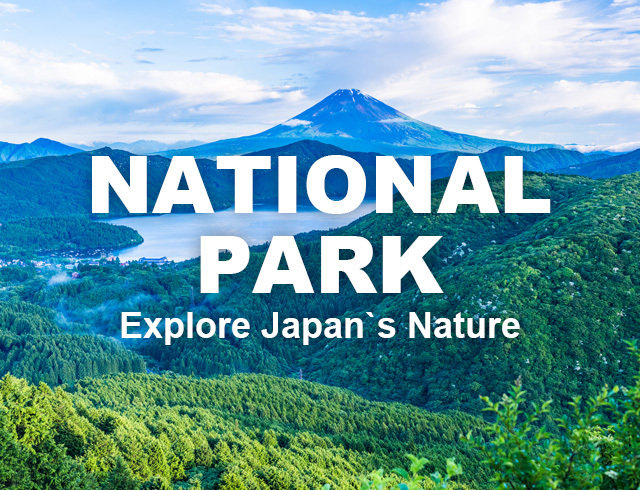

About the National Park
The National Parks of Japan number 30 spanning from the northern island of Hokkaido to the southern islands of Okinawa. These parks cover a wide assortment of natural environments including: beaches, volcanoes, coasts, islands, forests, mountains, and underwater habitats. These parks and the people play a critical role in environmental preservations, management, operation, and education.
The Fuji-Hakone-Izu National Park covers an area of 1227 square kilometers and spans three prefectures (Kanagawa, Shizuoka, Yamanashi). This park was established in 1936 and includes a diverse range of environments, flora, and fauna. Within the Fuji-Hakone-Izu National Park you can visit rugged coastlines, volcanoes, and the iconic Mt. Fuji.
Park Rangers
There are about 300 park rangers employed by the Japanese Ministry of the Environment working at one of the 30 National Parks in Japan. These men and women work to maintain the parks and protect the natural resources within. Park rangers create plans for the protection and usage of the park resources, conduct natural surveys, maintain facilities, and provide information to visitors.
Active Park Rangers
Park rangers have responsibility for the health and maintenance of the national parks. Some of their duties include patrols, nature observations, and management of park resources. Active park rangers are hired by the Ministry of the Environment to help with specialized tasks in protected areas and provide support with the management of the natural resources within the park borders.
Active Rangers are Ministry of the Environment employees who assist nature conservation officers in patrolling national parks, conducting surveys, guiding users, and providing nature interpretation. The parks under their jurisdiction include Nikko, Oze, Chichibu-Tama-Kai, Ogasawara, Fuji-Hakone-Izu, and Minami-Alps National Parks.